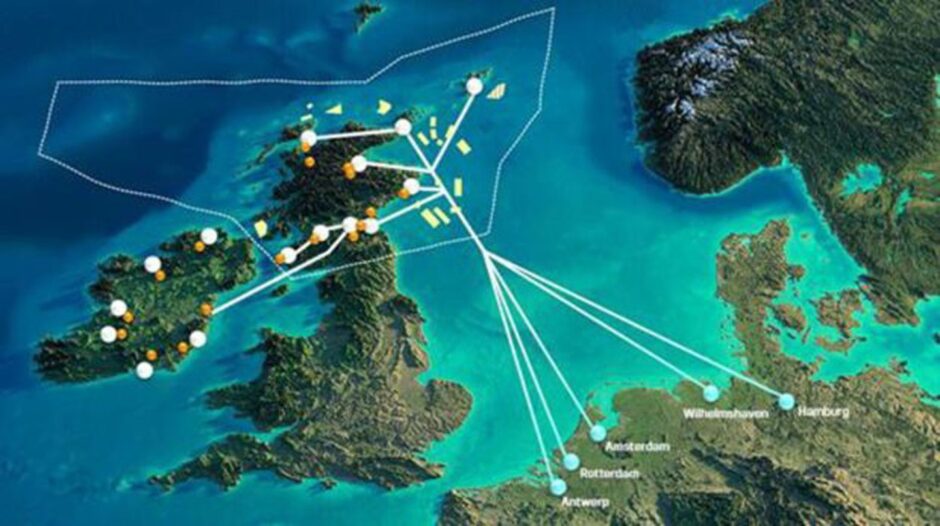
We stand at the intersection of progress and urgency in the global pursuit of net-zero emissions by 2050.
Energy security and net zero have been the key driving forces in 2023. At the start of this year, the UK was given 129 recommendations and 25 key actions to steer the transition to net zero following the release of the Skidmore review.
I’ve seen great strides over this year, many firsts and milestones such as the UK producing its trillionth kilowatt hour (kWh) of electricity generated from renewable sources.
At NZTC, along with Siemens Energy, we delivered a world-first pilot, successfully demonstrating running an aero-derived gas turbine on green methanol.
From a policy perspective, the UK Energy Act became a groundbreaking legislation that aims to shape an energy landscape conducive to transition, fostering private sector investment and creating clean jobs.
We have seen significant growth in Artificial Intelligence and its mainstream applications. The access to large language models (LLM) such as Chat GPT and the speed, realism, and relevance of responses have enabled significant productivity gains. In the coming year, we’ll see generative AI tools expand to more targeted business an industrial applications and play a pivotal role for future energy systems.
Robotics and autonomous technologies have advanced, and it has been great to watch the progress of pilot projects such as the testing of ANYmal X, a quadrupedal robot from Swiss robotics company ANYbotics, for inspections on offshore installations.
This year marked a pivotal point for Carbon Capture and Utilisation Storage (CCUS) with Acorn’s confirmation as a Track-2 CCUS cluster and the inaugural UK carbon storage licensing round.
Simultaneously, hydrogen experienced a transformative year with support mechanisms driving projects globally. NZTC’s Hydrogen Backbone Link and the Spain-France Mediterranean pipeline signify a paradigm shift.
There have been also bumps on the road. The offshore wind sector faced challenges with the absence of bids in allocation round five and rising costs in round six. As we look to 2024, hope lies in increased bids and a potential upswing, supported by advancements in technology and a growing understanding of the market’s dynamics.
On a promising note, all INTOG projects signed exclusivity agreements this year. These projects will likely move into the development stage in 2024 and it will be interesting to see which floating technology solutions will be selected.
Amidst these prospects, the urgency of decarbonising the oil and gas industry cannot be overstated. I spent 10 days in Dubai at COP28, presenting on panels and speaking with decision-makers from governments and industries, activists and clean energy technology innovators from around the globe.
The Northeast of Scotland is at the heart of the UK’s transition, with Aberdeen, the energy capital of Europe long recognising that a “just and equitable transition” is needed. The agreement to phase down unabated coal power and phase out inefficient fossil fuel subsidies will be reinforced by the Oil and Gas Decarbonisation Charter and Global Renewables and Energy Efficiency Pledge, both announced at COP28.
In the twilight of 2023, it is clear that while commendable progress has been made, the journey towards a sustainable, net-zero future demands intensified efforts, innovation, and global collaboration.
Crucial given the IEA’s estimate that 35% of the emissions reductions needed in 2050 to reach net zero will be delivered by technologies not available on the market today . As we stride into 2024, let it be a year in which technology innovation, demonstration, validation, and adoption are accelerated and the energy transition gains unprecedented momentum.
Recommended for you

 © Supplied by NZTC
© Supplied by NZTC © Supplied by NZTC
© Supplied by NZTC